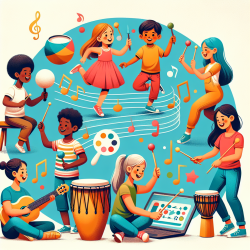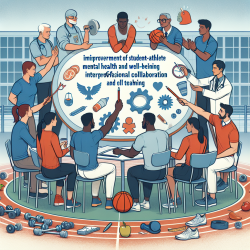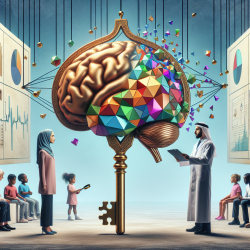As practitioners dedicated to improving outcomes for children with autism spectrum disorder (ASD), it is essential to stay informed about innovative, data-driven approaches. A recent study titled Examining the efficacy of dance movement and music mixed treatment on social communication impairment in children with autism — Based on family parent-child situation provides compelling evidence for the efficacy of combining dance movement therapy (DMT) and music therapy (MT) in family settings.
Here are the key findings and actionable steps to implement these therapies effectively:
Key Findings
- Significant Improvement: The study demonstrated significant improvements in social communication impairments in children with ASD who underwent the combined MT and DMT intervention.
- Family-Centric Approach: The intervention was conducted in a family setting, involving parents directly in the therapeutic process, which enhanced the overall effectiveness.
- Measured Outcomes: Using the Childhood Autism Rating Scale (CARS) and Autism Treatment Evaluation Checklist (ATEC), the study showed significant reductions in autism symptoms and social impairments post-intervention.
Actionable Steps for Practitioners
Based on these findings, practitioners can take the following steps to integrate these therapies into their practice:
- Training and Education: Educate parents about the benefits of MT and DMT and provide them with the necessary training to conduct these therapies at home.
- Structured Programs: Develop structured intervention programs that combine MT and DMT, tailored to the specific needs of each child.
- Regular Monitoring: Use standardized tools like CARS and ATEC to regularly monitor the child's progress and adjust the intervention as needed.
- Parental Support: Offer continuous support and guidance to parents to ensure they feel confident and competent in delivering the interventions.
Encouraging Further Research
While the study provides robust evidence for the combined approach, further research is needed to explore its long-term effects and applicability to different age groups and severity levels of ASD. Practitioners are encouraged to contribute to this growing body of knowledge by conducting their own studies and sharing their findings.
To read the original research paper, please follow this link: Examining the efficacy of dance movement and music mixed treatment on social communication impairment in children with autism — Based on family parent-child situation.










